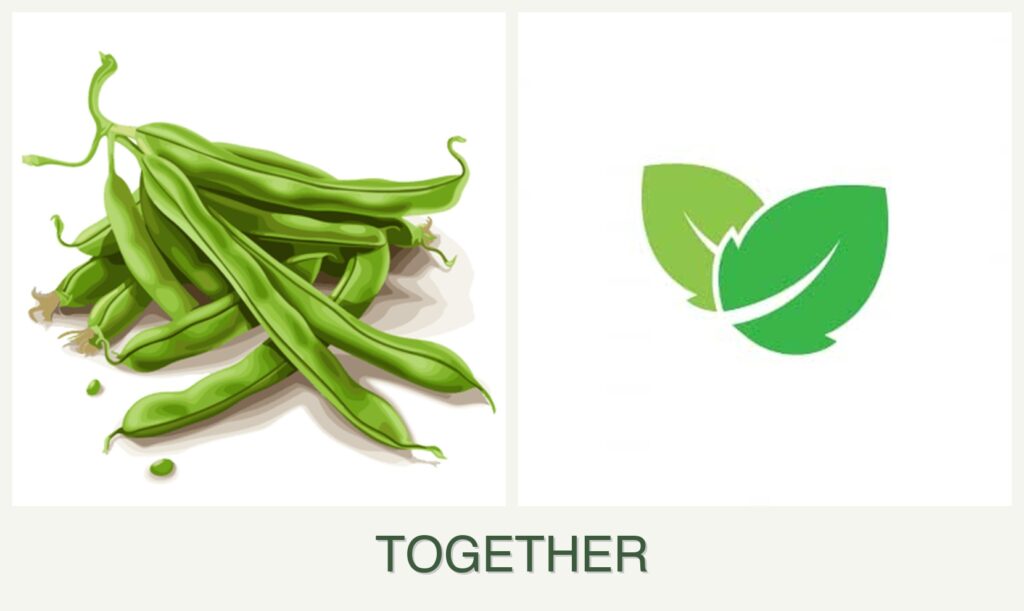
Can you plant beans and mint together?
Can You Plant Beans and Mint Together?
Companion planting is a popular gardening technique where plants are grown together to enhance growth, deter pests, or improve flavor. Gardeners often wonder if beans and mint can be paired successfully. In this article, you’ll discover their compatibility, benefits, challenges, and best practices for planting these two in harmony.
Compatibility Analysis
Yes, you can plant beans and mint together, but caution is advised. While mint can repel certain pests that affect beans, it can also become invasive, potentially overshadowing bean plants. Key factors to consider include their growth requirements, pest control benefits, and spacing needs.
Growth Requirements
| Requirement | Beans | Mint |
|---|---|---|
| Sunlight | Full sun | Full sun to partial shade |
| Water | Moderate | Moderate |
| Soil pH | 6.0 to 7.5 | 6.0 to 7.0 |
| Soil Type | Well-drained | Rich, moist |
| Hardiness Zones | 3-10 | 3-11 |
| Spacing | 4-6 inches apart | 12-18 inches apart |
| Growth Habit | Climbing/bushy | Spreading |
Benefits of Planting Together
- Pest Repellent Properties: Mint’s strong aroma deters aphids and other pests that commonly target bean plants.
- Improved Flavor: Some gardeners believe that mint can enhance the flavor of beans when grown nearby.
- Space Efficiency: Utilizing vertical space with climbing beans allows mint to spread on the ground, maximizing garden space.
- Soil Health: Beans fix nitrogen in the soil, benefiting mint and other nearby plants.
- Pollinator Attraction: Mint flowers attract bees and other pollinators, aiding in bean pollination.
Potential Challenges
- Competition for Resources: Mint’s aggressive growth can compete with beans for nutrients and space.
- Different Watering Needs: While both plants require moderate watering, mint prefers consistently moist soil, which may not suit all bean varieties.
- Disease Susceptibility: Overcrowding can increase the risk of fungal diseases, particularly in damp conditions.
- Harvesting Considerations: Mint’s invasive nature can make it difficult to access and harvest beans.
- Practical Solutions: Use containers or barriers to control mint’s spread, ensuring beans have enough space and resources.
Planting Tips & Best Practices
- Optimal Spacing: Plant mint 12-18 inches away from beans to prevent overshadowing and resource competition.
- When to Plant: Begin planting after the last frost, when soil temperatures are consistently warm.
- Container vs. Garden Bed: Consider planting mint in containers to prevent it from spreading uncontrollably in garden beds.
- Soil Preparation: Enrich soil with organic matter to support both plants’ growth.
- Companion Plants: Other companions like carrots and marigolds can also thrive alongside beans and mint, offering additional pest control and growth benefits.
FAQ Section
-
Can you plant beans and mint in the same pot?
- It’s not recommended due to mint’s invasive nature and different spacing needs.
-
How far apart should beans and mint be planted?
- Keep mint at least 12-18 inches away from beans to prevent competition.
-
Do beans and mint need the same amount of water?
- Both require moderate watering, but mint prefers more consistent moisture.
-
What should not be planted with beans and mint?
- Avoid planting beans with onions and garlic, and keep mint away from parsley.
-
Will mint affect the taste of beans?
- While not scientifically proven, some gardeners believe mint can enhance bean flavor.
-
When is the best time to plant beans and mint together?
- Plant them in spring after the last frost, ensuring soil is warm and workable.
By understanding the nuances of companion planting beans and mint, gardeners can create a thriving, harmonious garden space. With careful planning and management, these two plants can coexist, offering mutual benefits and enhancing your gardening experience.



Leave a Reply